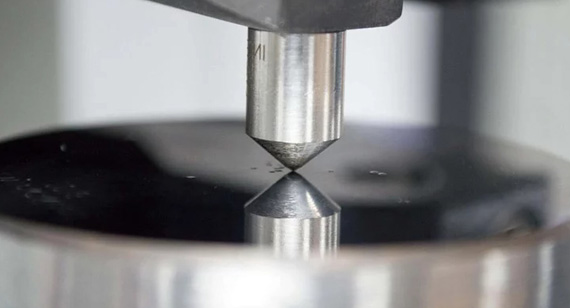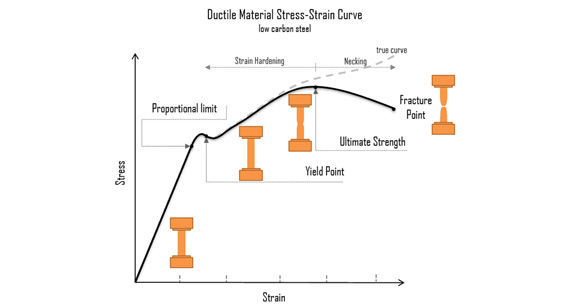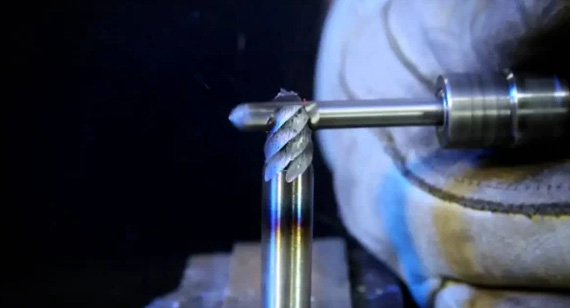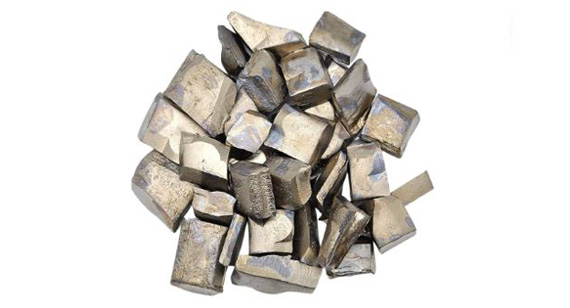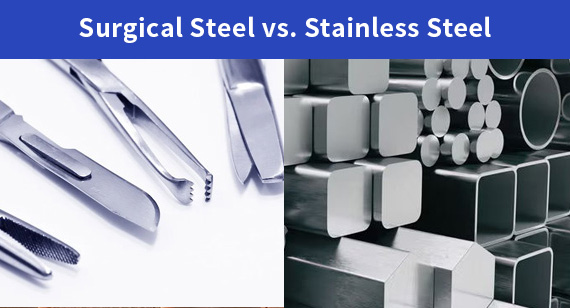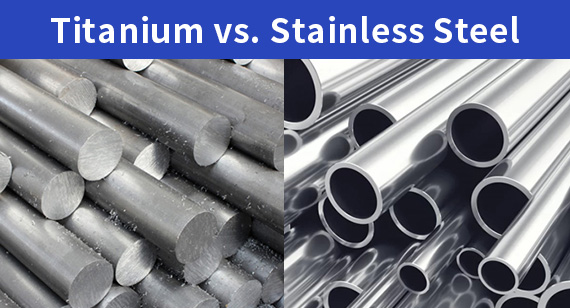14 years one-stop China custom CNC machining parts factory
The VMT blog is dedicated to sharing our hard-earned knowledge in prototype manufacturing. We hope these articles will help you optimize your product designs and gain deeper insight into the world of rapid prototyping. Enjoy the read!
Get an Instant Quote VMT
VMT  2025 01 29
2025 01 29 Material hardness is a measure of a material's resistance to deformation, scratching, or indentation. It is a critical factor when choosing materials for CNC machining parts, as it influences the wear resistance, durability, and overall performance of the final product. To ensure you select the right material, it's important to understand how hardness is tested and what different hardness tests can tell you about your material’s performance.
 66
66
 Read more
Read more
 VMT
VMT  2025 01 28
2025 01 28 When it comes to selecting materials for engineering, manufacturing, or CNC machining, understanding the difference between stiffness and strength is crucial. These two properties are often confused but serve very different functions. Both are key to ensuring the performance and durability of parts, but knowing when to prioritize one over the other can impact the design process. In this article, we’ll explore the distinctions between stiffness and strength, how they influence material selection, and why getting the balance right is essential for optimal performance in CNC machining and beyond.
 66
66
 Read more
Read more
 VMT
VMT  2025 01 27
2025 01 27 Removing a broken tap requires the right tools and techniques, such as using tap extractors, drilling, or even utilizing EDM machines. It's critical to understand why taps break and how to prevent it from happening. This guide covers the most effective methods and tips for removing broken taps, making it essential reading for CNC machining professionals.
 66
66
 Read more
Read more
 VMT
VMT  2025 01 26
2025 01 26 In this article, we’ll dive into the science behind titanium's corrosion resistance, its properties, and its applications. By the end, you’ll have a clear understanding of titanium’s rust resistance and why it remains one of the most versatile and reliable materials in modern industries.
 66
66
 Read more
Read more
 VMT
VMT  2025 01 25
2025 01 25 While surgical steel is a type of stainless steel, it’s engineered for specialized medical applications, offering enhanced corrosion resistance and hypoallergenic properties. Stainless steel, in general, is used for a wide range of applications, from household products to heavy-duty machinery. When you need precision CNC machining for parts like surgical steel CNC machining parts or stainless steel CNC machining parts, understanding the differences is key to getting the best results.
 66
66
 Read more
Read more
 VMT
VMT  2025 01 24
2025 01 24 Copper is ideal for applications requiring excellent electrical and thermal conductivity, while steel is best for heavy-duty structural and industrial applications where strength and durability are critical. When deciding between copper vs. steel, consider factors like cost, application, and required properties. CNC machining services can help tailor these metals to meet your project’s unique needs.
 66
66
 Read more
Read more
 VMT
VMT  2025 01 23
2025 01 23 When selecting materials for custom CNC machining projects, two of the most commonly considered metals are titanium and stainless steel. However, understanding the key differences between these two alloys can be challenging, especially when it comes to
 66
66
 Read more
Read more
 VMT
VMT  2025 01 22
2025 01 22 Low carbon steel, often called mild steel, has historically been one of the most commonly utilized metals due to its affordability, ease of fabrication, and moderate mechanical properties. Stainless steel, a more recent development, contains chromium and other alloying elements that confer superior corrosion resistance and enhanced strength for specialized applications. As the manufacturing industry increasingly embraces advanced **custom CNC machining** techniques, understanding how these two materials differ in composition, formability, surface finish, and cost can significantly impact project outcomes. By thoroughly exploring mild steel and stainless steel, designers and procurement specialists can select the best fit for their components, ensuring that quality, durability, and budget goals are properly aligned.
 66
66
 Read more
Read more
Ready To Start Your Next Project?
Get Instant Quote

Request a Free Quote
Send us a message if you have any questions or request a quote. We will get back to you ASAP!
